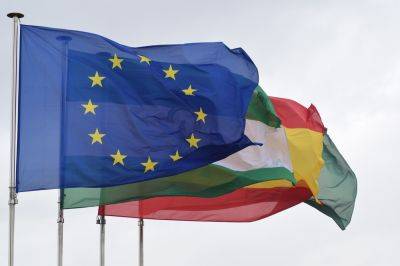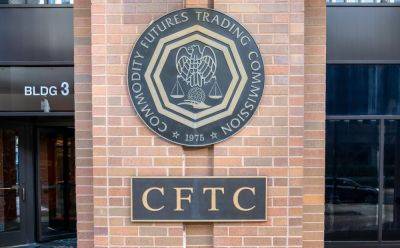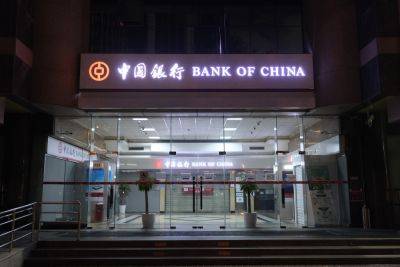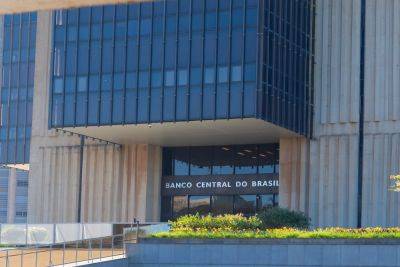Singapore central bank reports on tokenized asset network models after trials
As asset tokenization continues at a rapid pace, the Monetary Authority of Singapore (MAS) and 11 financial institutions examined infrastructure models to facilitate tokenized asset trading. The key to unlocking the full benefits of the technology is open and interoperable digital asset networks, the MAS said in its Project Guardian report released June 26.
Project Guardian identified options for platform type, asset type and network access with an eye to best practices. It used three test cases and drew observations on them, while carefully noting that it does not endorse any of them.
The first use case was over-the-counter (OTC) foreign exchange transactions. A detailed examination highlighted a collaboration between DBS Bank and SBI Digital Asset Holdings. It concluded:
The second use case was trade finance and focused on Standard Chartered Bank’s asset-backed securities tokenization. In this model, tokenized trade finance receivable assets are repackaged as natively issued fungible tokens and divided into two tranches with differing risk exposures. Trading in the “senior,” less risky tokens would “broaden the investor base for real economy assets,” the report concluded.
Related: Tokenization of illiquid assets to reach $16T by 2030: Report
The third use case was OTC structured notes, which are “a popular wealth management productwith substantial traction and demand in Asian wealth centres.” Currently, issuance of such notes is labor-intensive, has manual elements and the notes require a high level of servicing.
.@MAS_sg published a report proposing a framework for designing open, interoperable networks for #digitalassets. MAS also announced an expansion of Project Guardian to test the potential of asset tokenisation
Read more on cointelegraph.com






















